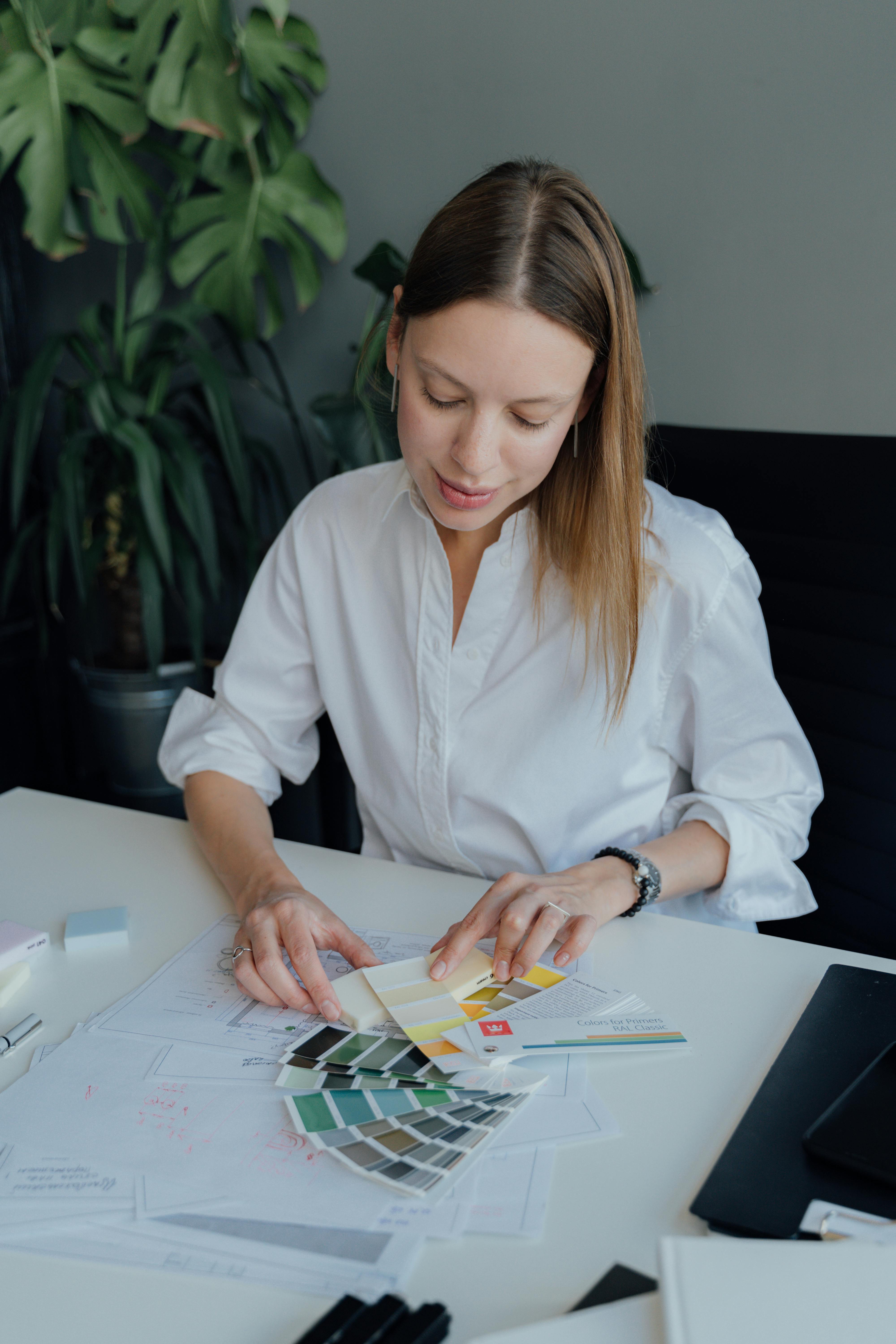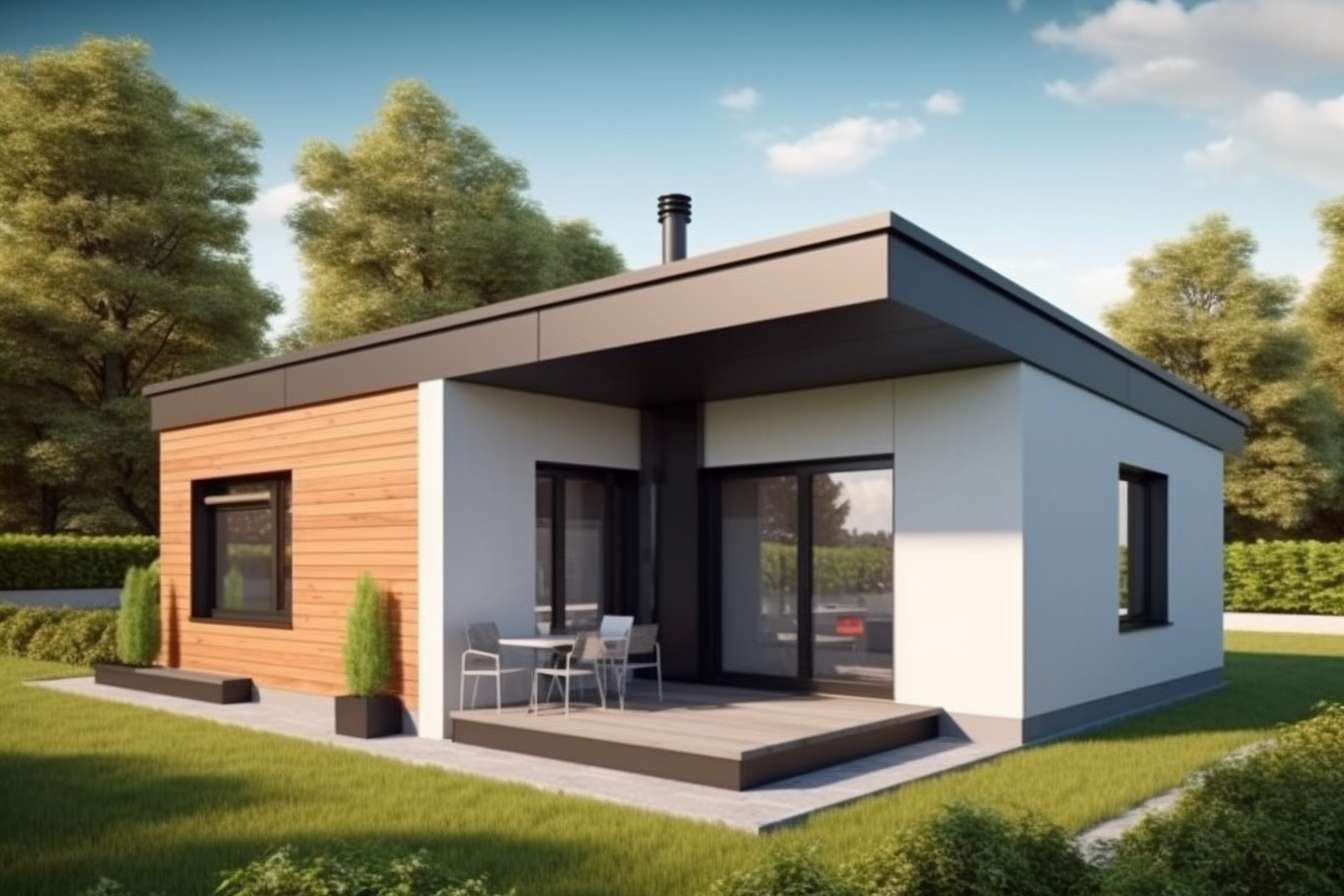Embracing Texture: The Rise of Layering in Modern Home Décor
Introduction: Stepping into a new era of interior design, we are witnessing a shift from the dominance of color and pattern to a newfound appreciation for texture and layering. Imagine a lush velvet couch set against a rustic brick wall, a tactile wool rug underfoot, or a smooth marble countertop reflecting the warmth of a copper lamp. Welcome to the world of textural layering in modern home décor, a design movement that is gaining momentum and transforming our living spaces.

The Journey of Textural Layering
The trend of textural layering has its roots in the human instinct for comfort and diversity. From the earliest homes with their mix of rough-hewn wood, stone, and animal hides, to the opulent palaces of the Renaissance with their luxurious silk, velvet, and brocade, the use of different textures has always added depth and interest to our surroundings. However, modern design has truly embraced this concept, incorporating a wide range of materials and finishes to create spaces that are not just visually appealing, but also tactilely engaging.
Current Design Trends and Expert Insights
In recent years, designers have been exploring the endless possibilities offered by textural layering. This trend is all about creating contrast and balance – pairing soft with hard, matte with glossy, and rough with smooth. For instance, it’s common to see a plush velvet sofa set against a sleek metallic wall, or a rustic wooden table contrasted with glossy lacquer chairs. This interplay of textures adds a sensory richness to interiors that color and pattern alone cannot achieve.
Practicality, Market Trends and Daily Living Enhancement
Not only is textural layering visually appealing, but it also has practical benefits. Different textures can help to define spaces within an open-plan home, add warmth and comfort to a minimalist design, or create a focal point in a neutral room. Moreover, this trend is reflected in the market with a growing demand for textured wallpapers, upholstery fabrics, and decorative accessories. By embracing textural layering, homeowners can enhance their living spaces, creating environments that are not just beautiful, but also comforting and inviting.
Backed by Research
Research in environmental psychology has shown that the textures in our environment can significantly affect our mood and wellbeing. Smooth, glossy surfaces are often associated with modernity and luxury, while rough, natural textures can evoke feelings of warmth and comfort. By incorporating a variety of textures into our homes, we can create spaces that not only look good, but also make us feel good.
Balancing Depth and Accessibility
While textural layering can add depth and complexity to a design, it’s important to keep it accessible and not overwhelming. The key is to find a balance – too many textures can create visual chaos, while too few can leave a room feeling flat and uninspiring. By choosing a few key pieces with contrasting textures, and layering them in a thoughtful and deliberate way, we can create spaces that are both engaging and easy to live with.
In conclusion, the trend of textural layering is more than just a design fad. It’s a reflection of our desire for spaces that engage all our senses, providing not just visual beauty, but also tactile comfort and pleasure. So next time you’re planning a home makeover, consider not just the colors and patterns, but also the textures and how they can transform your living space.




